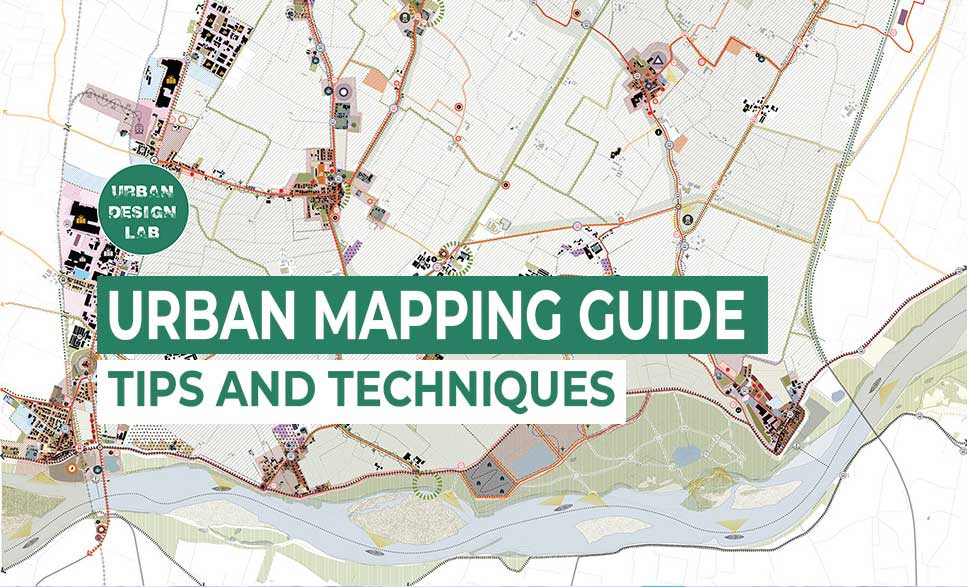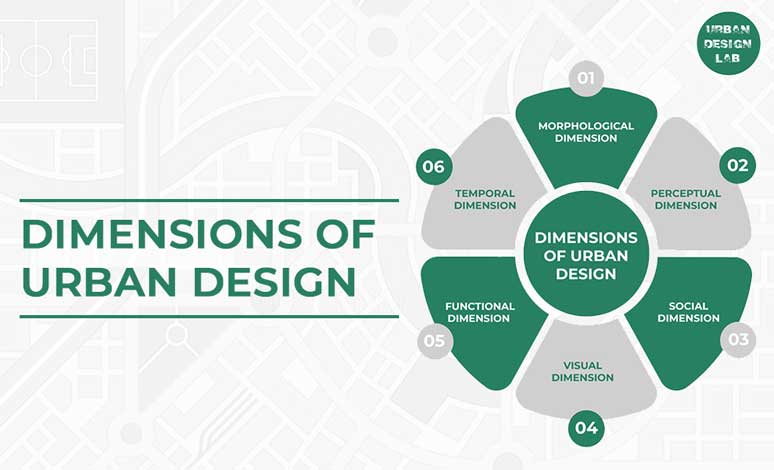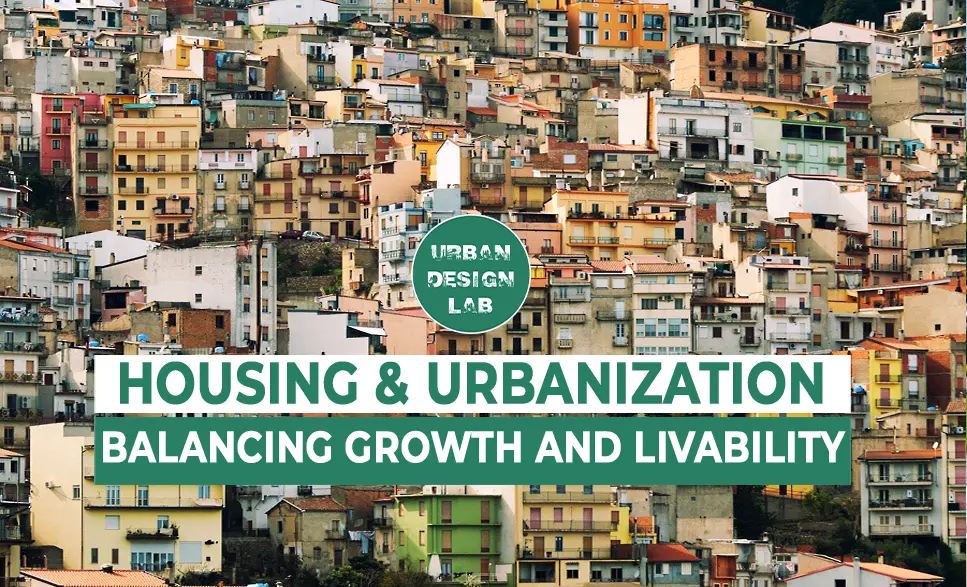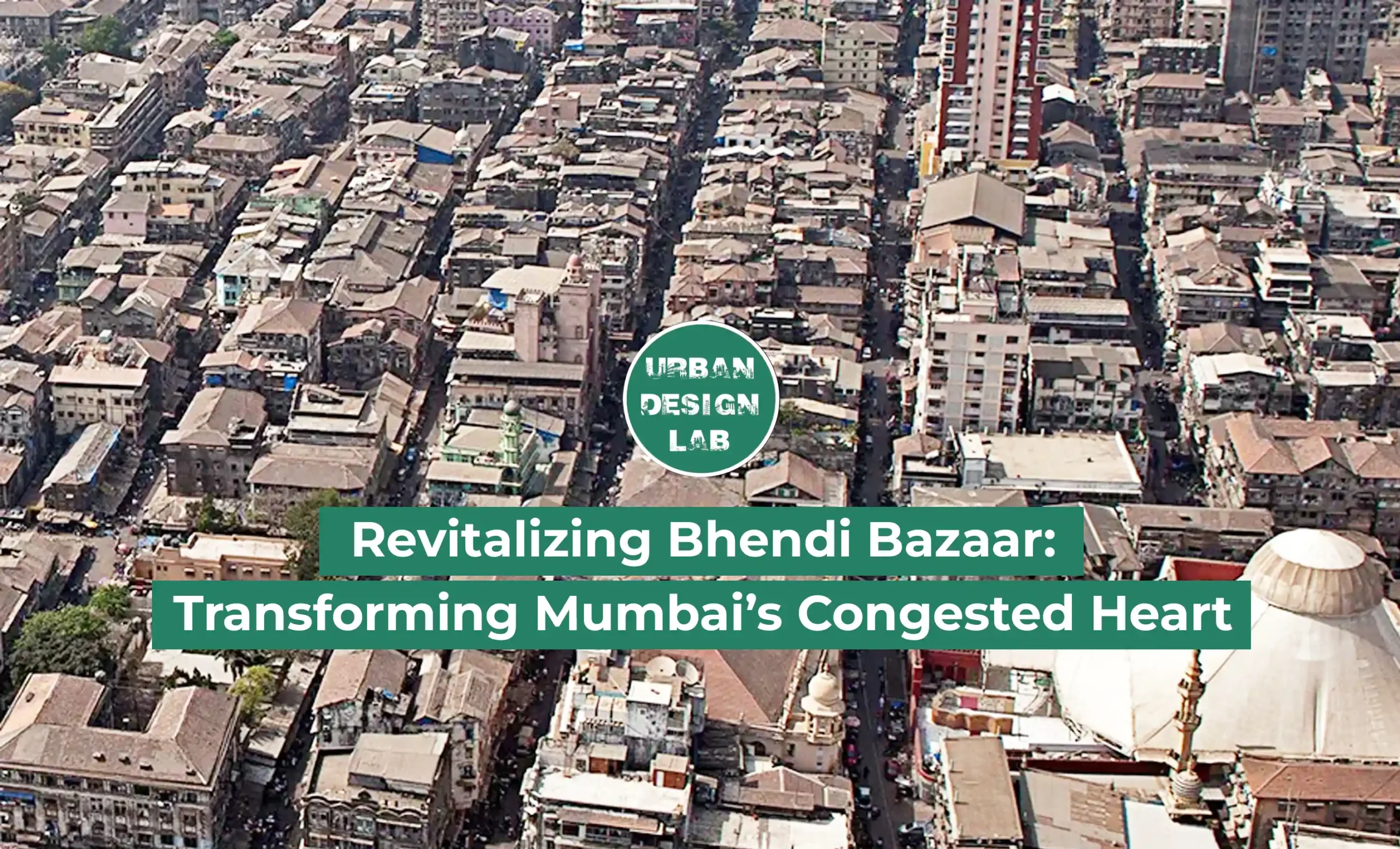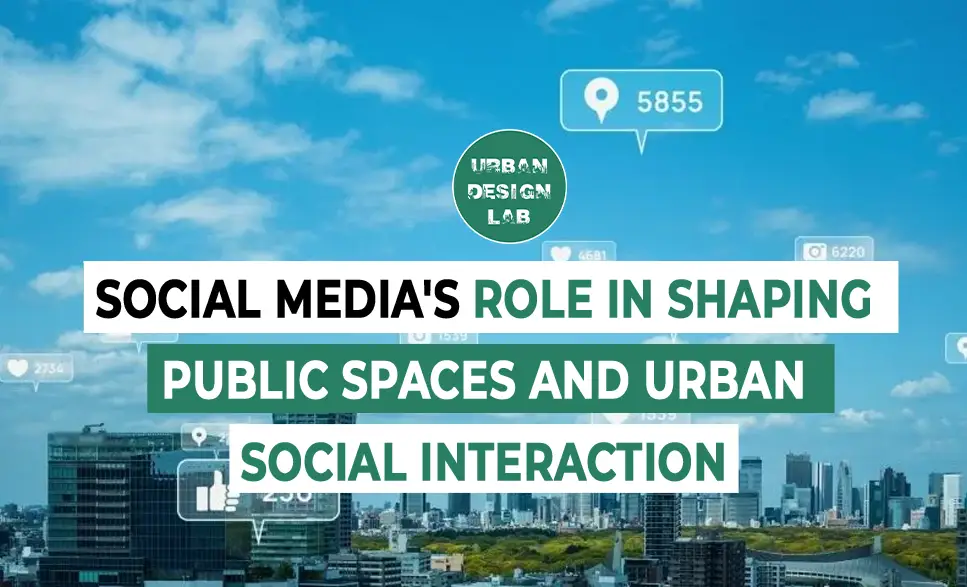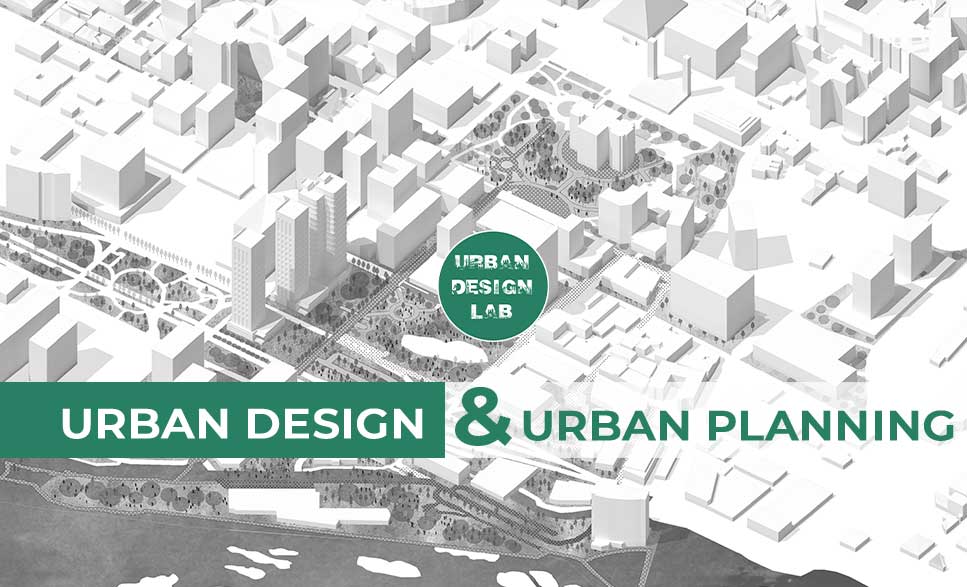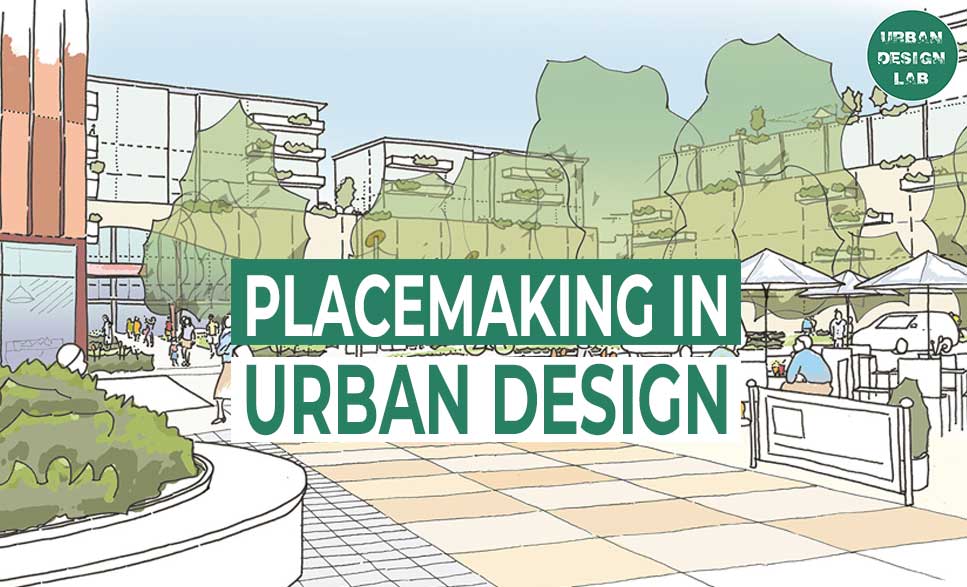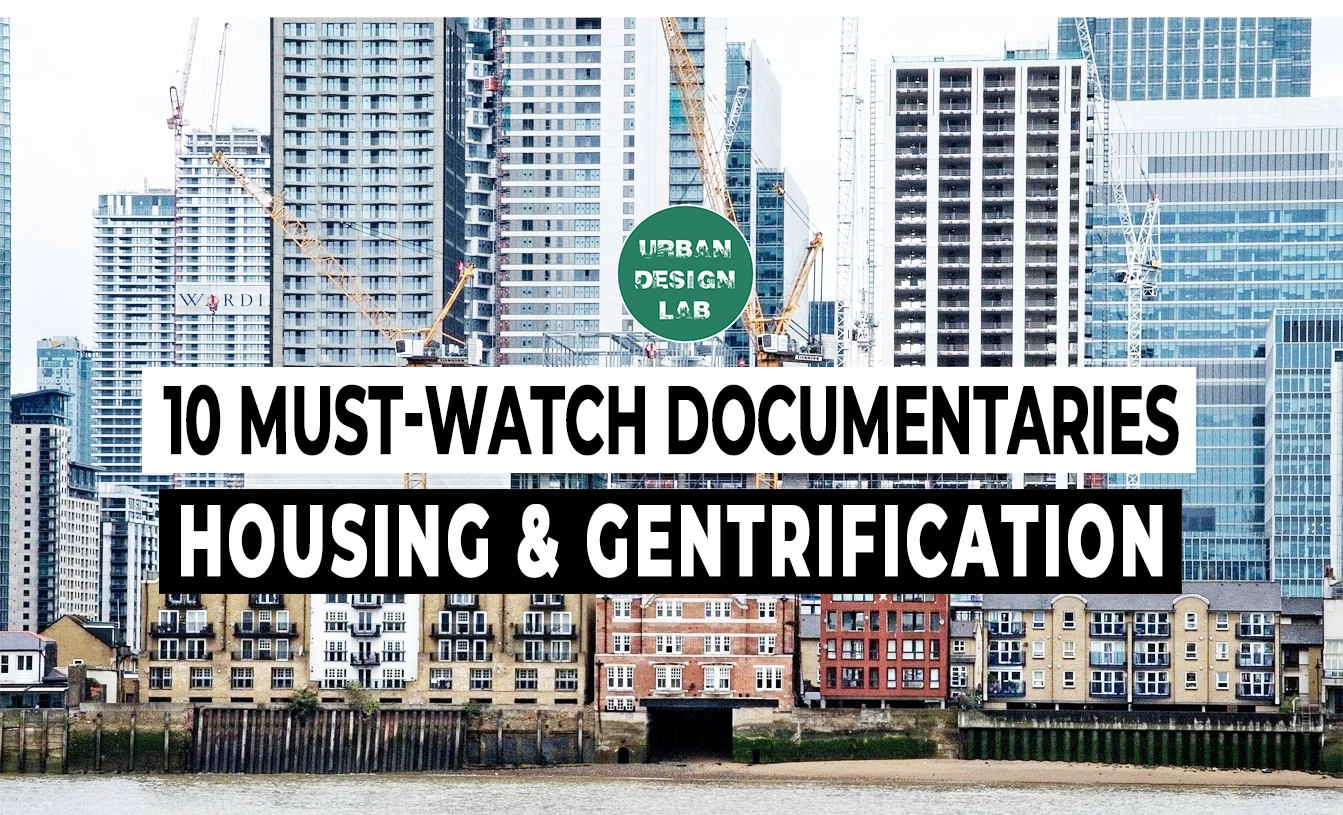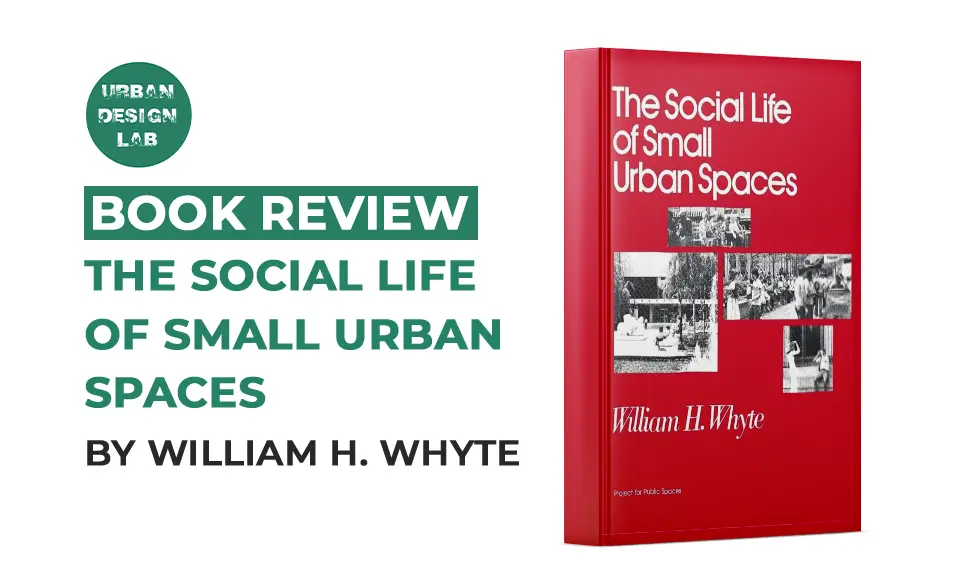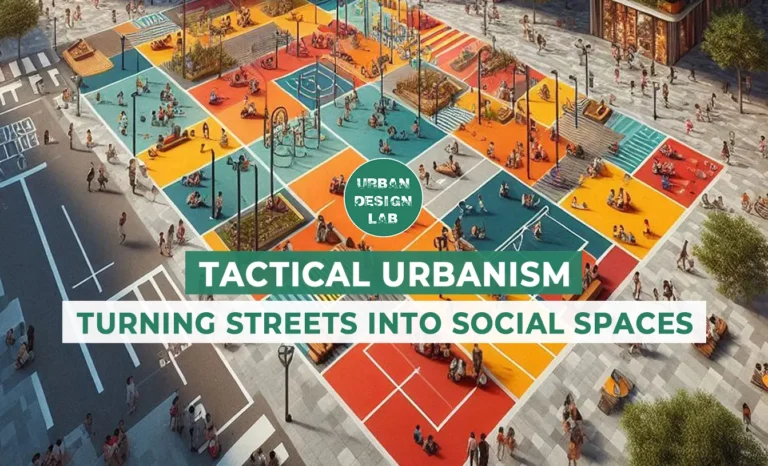
What is Tactical Urbanism?
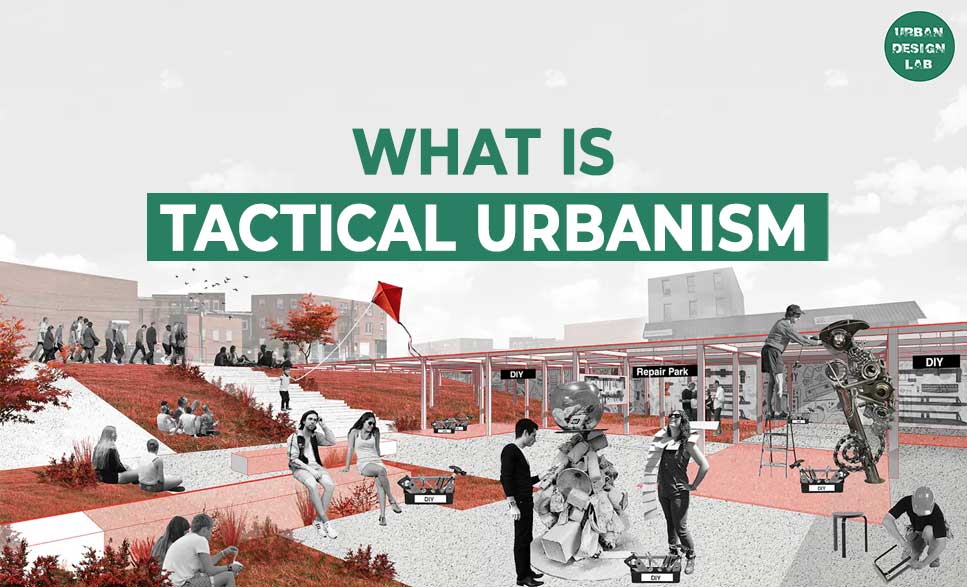
Tactical urbanism, a concept that has been steadily gaining popularity in the dynamic field of urban planning, is revolutionising the way cities are designed and developed. This innovative approach is transforming the urban landscape by empowering communities to take charge of their surroundings and make immediate, low-cost changes that have a significant impact. With its emphasis on citizen participation and quick, adaptable interventions, tactical urbanism is reshaping the way we think about u In today’s ever-evolving urban landscape, a new and innovative approach has emerged to reshape and revitalise our cities.
The Origins of Tactical Urbanism
Tactical urbanism has gained traction as a direct response to the sluggish and bureaucratic processes typically associated with conventional urban planning and development. The origins of this movement can be traced back to its humble beginnings as a grassroots initiative. It was fueled by the passion and determination of local residents and activists who were eager to bring about swift, incremental improvements to their own communities.
The concept of creating vibrant and people-centered spaces through low-cost and temporary interventions has been gaining popularity, thanks to the “do-it-yourself” spirit that has inspired many early pioneers. These individuals have taken it upon themselves to transform their surroundings and make them more engaging and lively. The idea behind this movement is to utilise simple and affordable methods to bring about positive changes in the community. By taking matters into their own hands, these pioneers have been able to create spaces that are not only visually appealing but also foster a sense of community and connection among people. One of the key aspects of this approach is the use of temporary interventions. Instead of embarking on large-scale and permanent projects, these individuals opt for smaller, more manageable changes that can be easily implemented and reversed if needed.

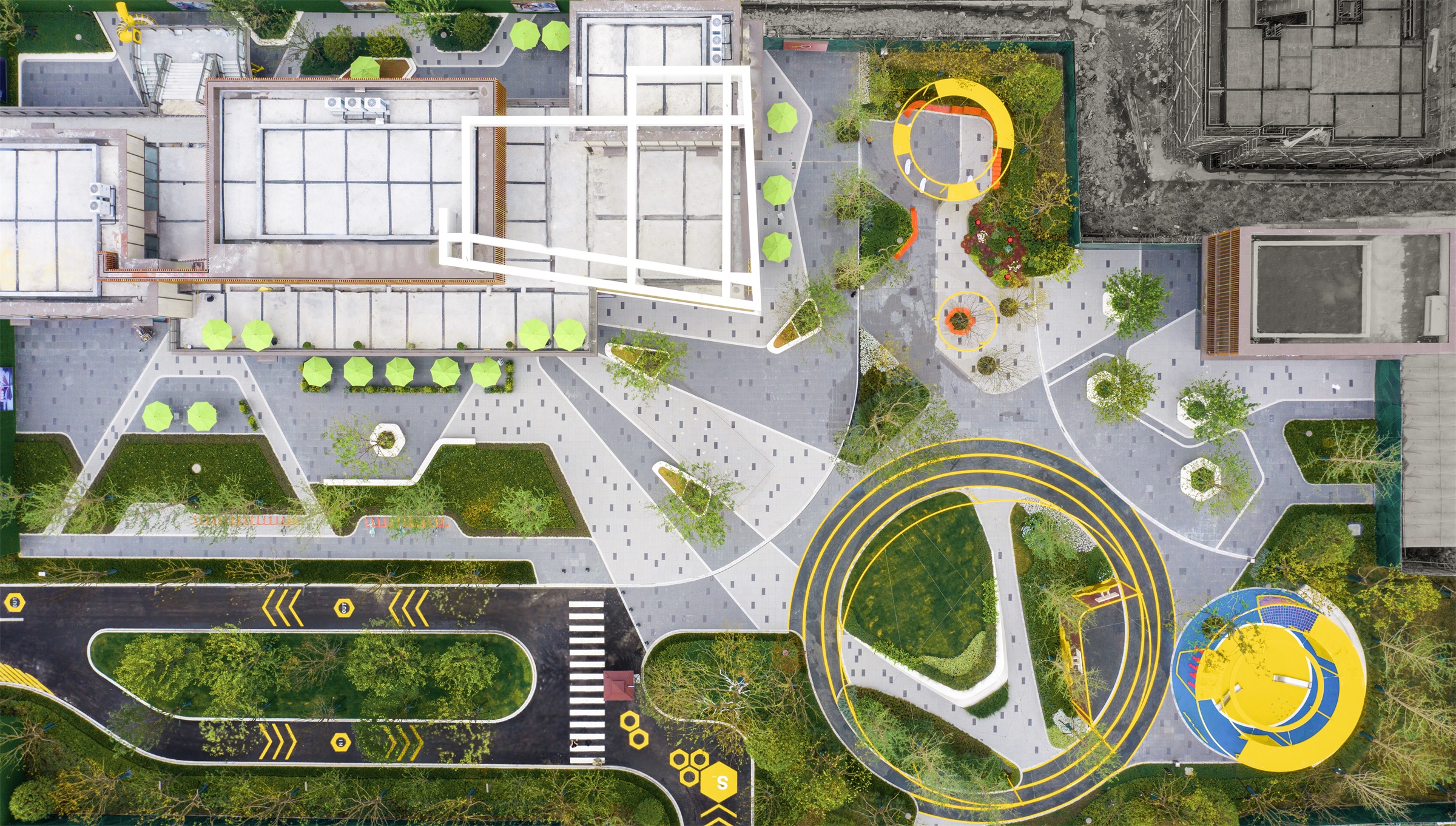
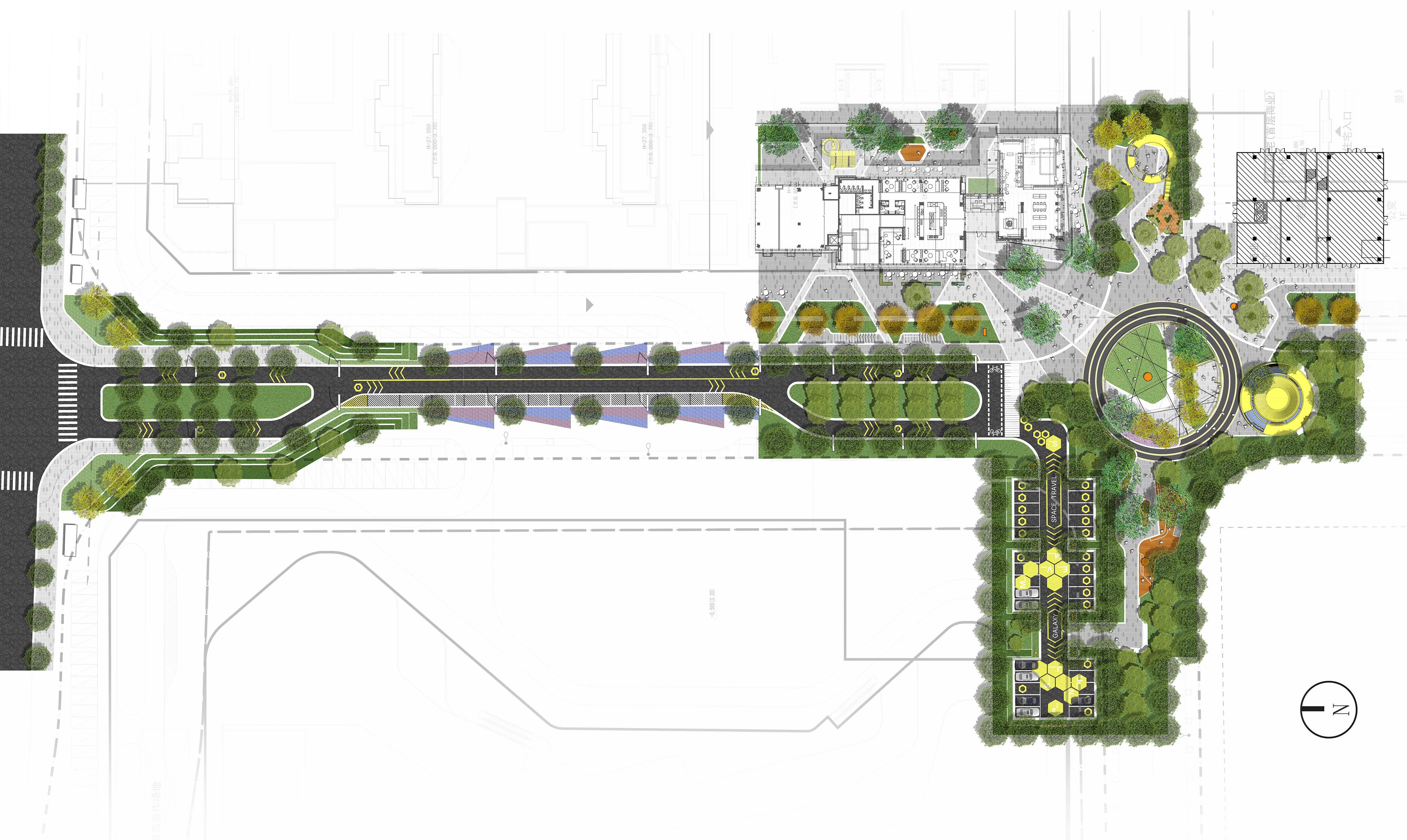
Principles of Tactical Urbanism
1. Community Engagement and Collaboration
Tactical urbanism, a growing movement in urban planning, is gaining attention for its emphasis on community involvement. This approach to shaping cities puts the power in the hands of the people, allowing them to actively participate in the transformation of their neighborhoods. Unlike traditional top-down planning methods, tactical urbanism encourages grassroots initiatives and temporary interventions to improve public spaces.
By engaging local residents, businesses, and organisations, this approach seeks to create Involvement of residents, business owners, and other stakeholders is a key aspect of successful project planning and execution. Their active engagement ensures that the projects are aligned with the needs and aspirations of the community. By actively participating in the decision-making process, these individuals contribute valuable insights and perspectives that help shape the projects in a way that benefits everyone involved. This collaborative approach fosters a sense of ownership and pride among the stakeholders, as they have a direct hand in shaping the future of their community. Ultimately, the involvement of residents, business owners, and other stakeholders leads to more inclusive and successful projects that truly reflect the desires and priorities of the community.

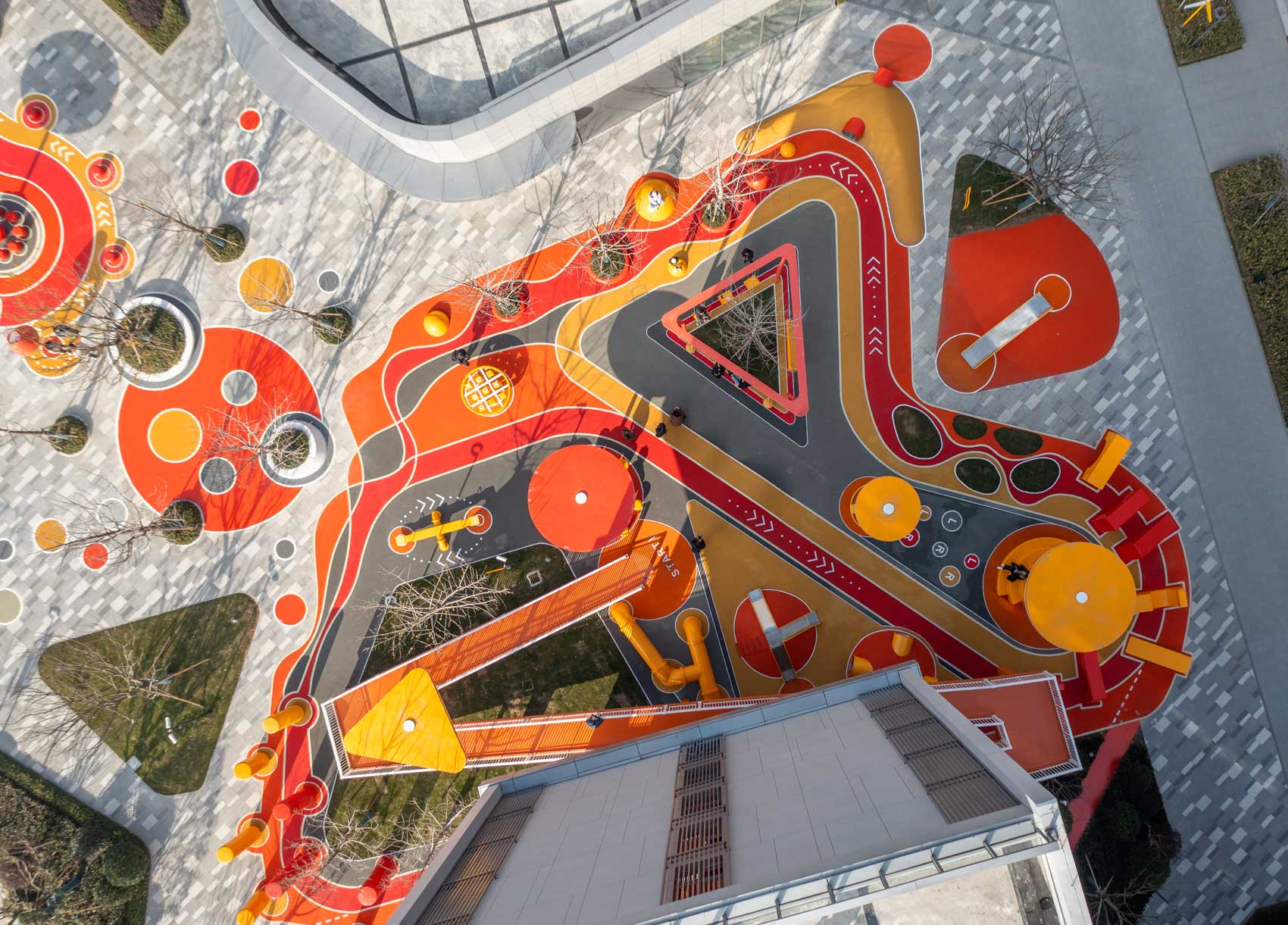
2. Incremental Change
Unlike traditional urban development, which often involves large-scale projects, tactical urbanism advocates for incremental changes. These changes are quick to implement, allowing for experimentation and adaptation based on real-time feedback.
Tactical urbanism, in contrast to conventional urban development practises, champions a more gradual and incremental approach. Rather than relying on massive, large-scale projects, this innovative approach emphasises the power of small, strategic changes to transform urban spaces. By embracing tactical urbanism, cities can effectively address pressing issues and improve the quality of life for their residents. Quick and Easy Changes for Experimentation and Adaptation Based on Real-Time Feedback In today’s fast-paced digital landscape, businesses need to be agile and adaptable to stay ahead of the competition. One way to achieve this is by implementing quick and easy changes that allow for experimentation and adaptation based on real-time feedback.

3. Low-Cost and Temporary Interventions
Tactical urbanism has gained popularity in recent years due to its affordability. This approach to urban planning and design focuses on low-cost, temporary interventions that aim to improve the functionality and livability of urban spaces. By utilising inexpensive materials and creative solutions, tactical urbanism offers a cost-effective alternative to traditional urban development projects. This affordability factor has made it an attractive option for communities looking to make positive changes without breaking the bank. In the realm of interventions, there is a growing trend towards low-cost and temporary solutions that make use of easily accessible materials. These interventions offer a practical and efficient approach to addressing various challenges and issues.

4. Testing Ideas
This innovative concept serves as a dynamic testing ground for fresh ideas and creative solutions to urban challenges. By embracing tactical urbanism, cities are able to experiment with temporary interventions that can have a lasting impact on the urban fabric. Tactical urbanism is a bottom-up approach that empowers communities and Urban planners and communities have found a valuable strategy in their efforts to develop sustainable and impactful projects: implementing small-scale interventions. This approach allows them to carefully assess the feasibility and potential impact of larger initiatives before committing significant resources. By starting small, urban planners can gain valuable insights and make informed decisions that can shape the future of their communities.

Download Editable Resume Templates
Create a Stunning Professional CV
Free Editable Templates
Benefits of Tactical Urbanism
1. Community Engagement:
Tactical urbanism includes the local population in the conceptualization, creation, and execution of urban interventions. Residents feel more a part of their community and more proud of it since they actively shape it. By empowering people to actively participate in enhancing their neighbourhoods, this involvement increases social ties, promotes communication, and strengthens social bonds.
2. Rapid Experimentation:
Tactical urbanism enables quick and inexpensive exploration of many design notions and ideas. Temporary interventions, such as pop-up parks, picnic areas, or temporary bike lanes, allow communities to test out novel ideas without making the kind of significant financial or long-term commitments necessary for conventional urban development initiatives.
3. Iterative Design:
These short-term interventions offer a chance for iterative design, where modifications can be made in response to immediate user feedback. By using an agile approach, cities can adjust their designs to better meet the requirements and preferences of the community, creating long-term solutions that are more successful and productive.
4. Safe Space for Innovation:
Repurposing underused or ignored spaces is a common tactic in tactical urbanism. Cities may promote innovation, creativity, and entrepreneurial activities by making these regions lively and useful locations. As a result, the economy may develop and the urban environment may become more vibrant and appealing to both businesses and tourists.
5. Policy and Perception Change:
Temporary interventions can alter public perception and the direction of policy debates. People may support more lasting changes in urban planning and policies if they see good results as a result of Tactical Urbanism projects. These initiatives can highlight the possibilities of creative design approaches and persuade governments to use more adaptable and community-focused methods for urban development.
Practical Applications
1. Parklet Installations
Parklets, small public seating areas created from repurposed parking spaces, are a classic example of tactical urbanism. These installations provide pedestrians with places to rest, socialize, and enjoy their surroundings.

2. Pop-up Markets
Temporary pop-up markets and street fairs contribute to the vibrancy of urban areas. These events showcase local businesses and artisans while activating previously underutilized streets and plazas.
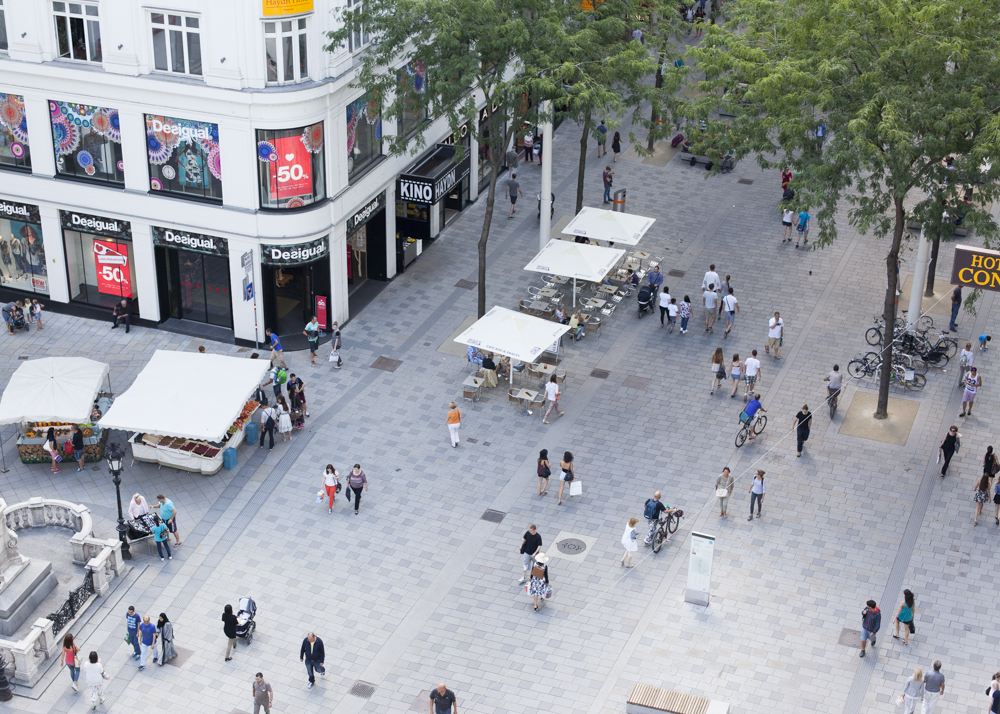
3. Bike Lanes and Pedestrian Walkways
Creating temporary bike lanes and pedestrian walkways can help demonstrate the potential impact of more permanent infrastructure changes. It also encourages active transportation and reduces reliance on cars.
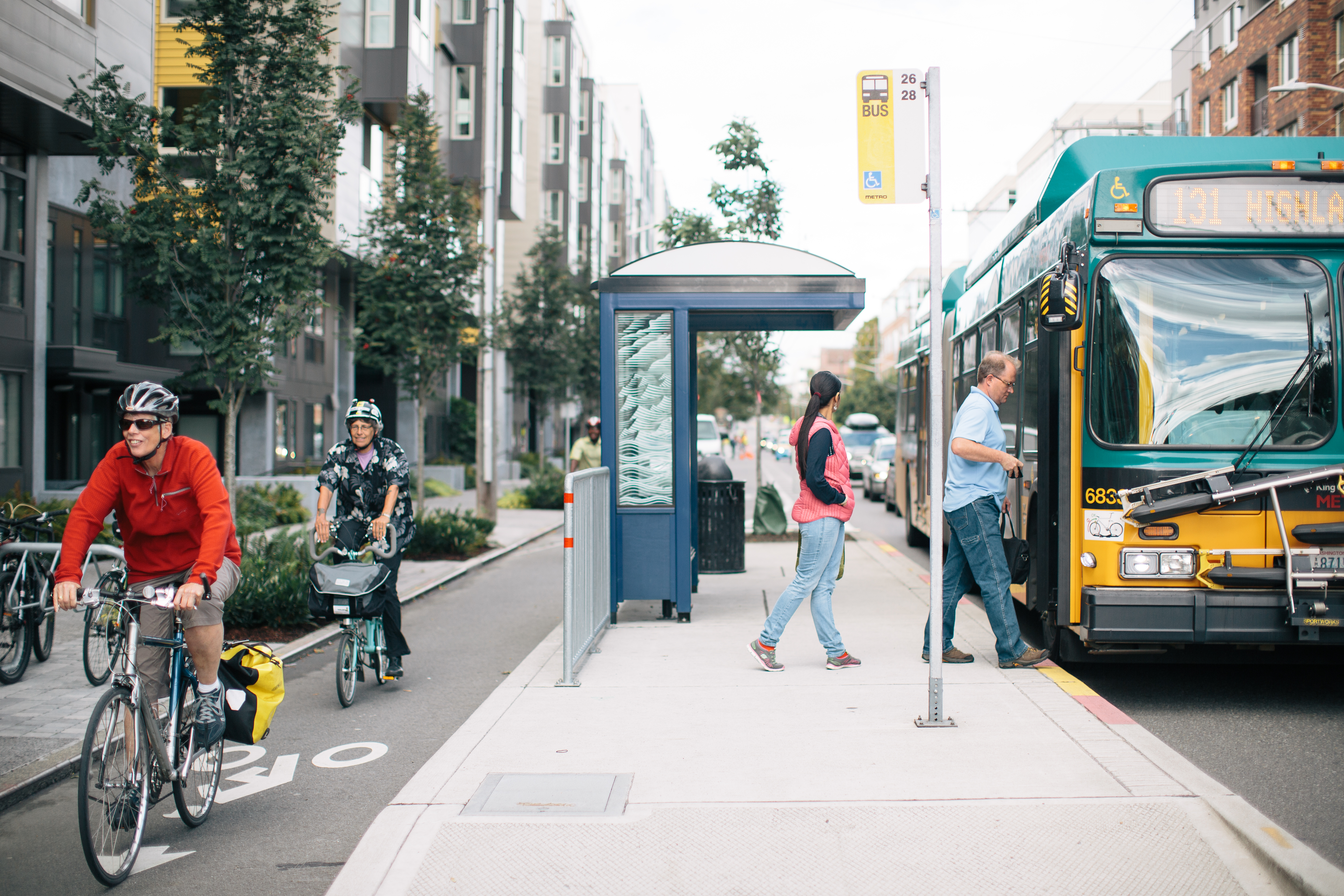
4. Guerrilla Gardening
Guerrilla gardening involves transforming neglected urban spaces into lush green areas through unauthorized planting and cultivation. This practice adds beauty and improves air quality while sparking conversations about public space usage.

5. Outdoor Art Installations
Temporary outdoor art installations, like murals and sculptures, can inject creativity and cultural vibrancy into urban environments. These installations not only beautify spaces but also provide opportunities for local artists to showcase their work.

6. Intersection Makeovers
Transforming intersections with paint, planters, and other creative elements can improve pedestrian safety and create visually appealing landmarks. This tactic demonstrates the potential for safer and more attractive urban design.

Challenges to Tactical Urbanism
1. Lack of Long-Term Sustainability
The temporary character of tactical urbanism is one of its main difficulties. While these methods may have short-term success, they frequently lack the endurance required for long-term success. It may be challenging to effect long-lasting change or address more complicated urban challenges due to initiatives’ transient nature.
2. Perception of Inadequacy:
Tactical urbanism initiatives, according to some critics, can give the impression that cities are employing temporary solutions rather than full, well-thought-out answers to problems. This could erode public confidence in the efficacy of these measures and urban planning as a whole.
3. Limited Impact on Policy Change:
Tactical urbanism projects can affect local conversations and policy debates, but they may not necessarily result in substantive policy adjustments or long-term improvements to urban planning. Governments may have trouble incorporating these transitory initiatives into more comprehensive urban strategies.
4. Resistance from Stakeholders:
It’s possible that not everyone in a community will support Tactical Urbanism initiatives. Some groups, such as companies or locals with competing interests, could be reluctant to change the public areas to which they have grown used.
5. Lack of Integration:
Tactical urbanism projects run the risk of feeling isolated from the overall urban fabric if they are not carefully integrated with bigger urban planning initiatives. Their total influence might be reduced by this lack of integration.
Conclusion:
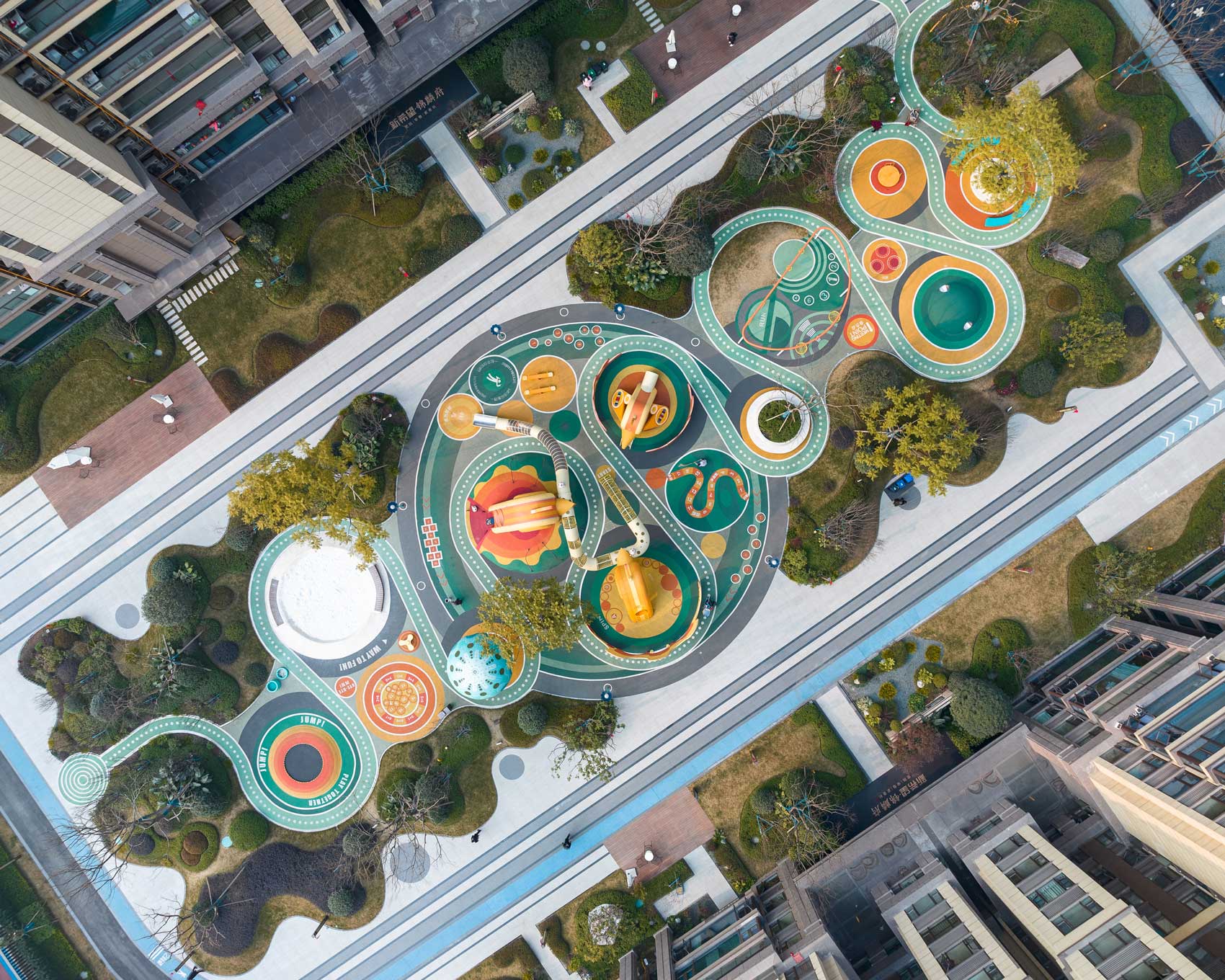
Tactical urbanism provides a new way of looking at city development by prioritising citizen participation, innovation, and flexibility. Making incremental changes to public areas can make communities more adaptive to citizens’ changing requirements. The advantages of tactical urbanism are clear in its greater community engagement, fast experimentation, and policy influence; nevertheless, the method is not without its drawbacks, which include sustainability, restricted size, and the possibility of gentrification. Despite these limitations, it’s undeniable that it has the capacity to spark debate, stimulate creativity, and inspire grassroots movements for social change. Urban environments can be shaped into places that are more lively, inclusive, and people-centered through the application of the concepts of tactical urbanism, which can serve as a useful toolkit as cities continue to develop.

Urban Design Lab
About the Author
This is the admin account of Urban Design Lab. This account publishes articles written by team members, contributions from guest writers, and other occasional submissions. Please feel free to contact us if you have any questions or comments.
Related articles

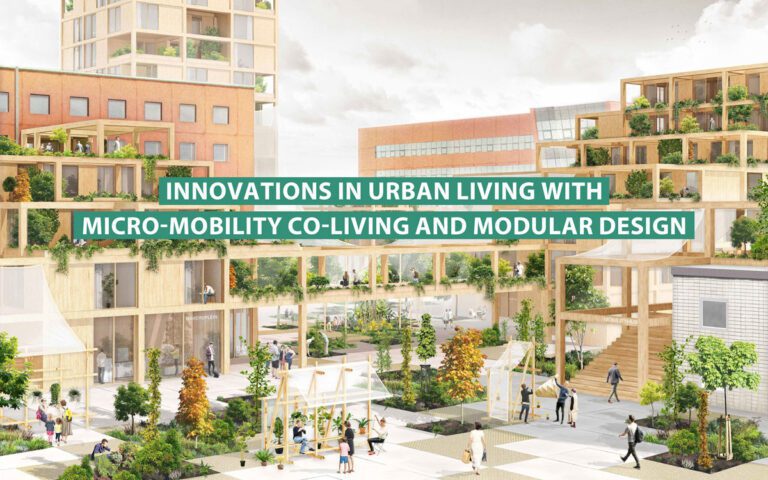
Micro-Mobility and Modular Design in Urban Living
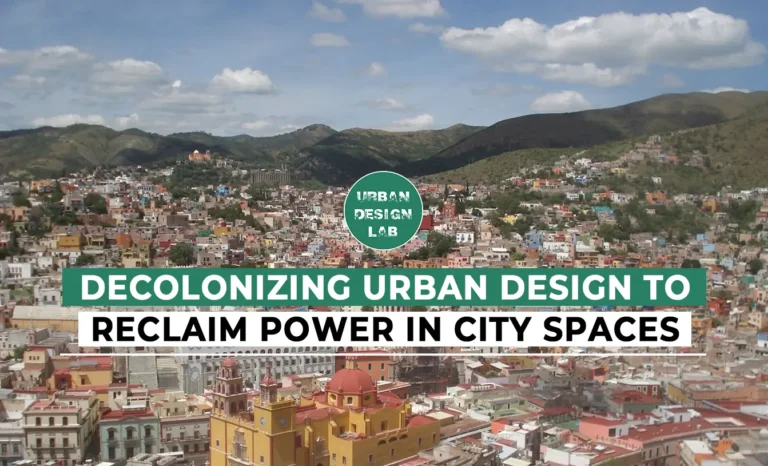

Rethinking Urban Planning Careers in India

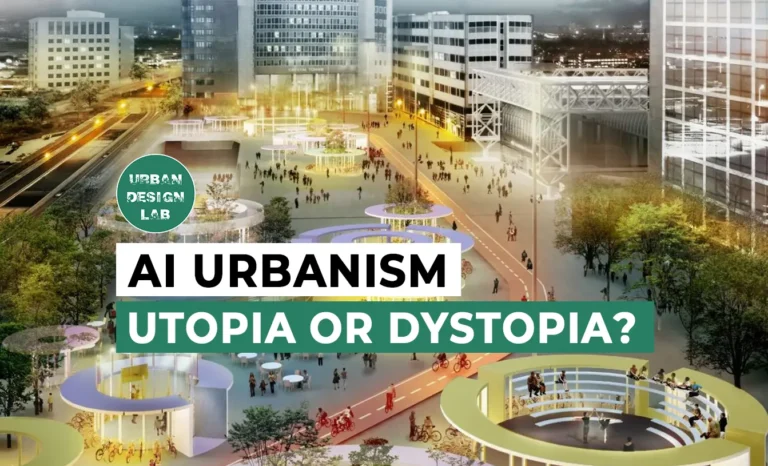
AI Urbanism: Utopia or Dystopia? The Unvarnished Truth.
5-Days UDL GIS
Masterclass
GIS Made Easy – Learn to Map, Analyse, and Transform Urban Futures
Session Dates
14th-18th July 2025

Free E-Book
From thesis to Portfolio
A Guide to Convert Academic Work into a Professional Portfolio”
Recent Posts
- Article Posted:
- Article Posted:
- Article Posted:
- Article Posted:
- Article Posted:
- Article Posted:
- Article Posted:
- Article Posted:
- Article Posted:
- Article Posted:
- Article Posted:
Sign up for our Newsletter
“Let’s explore the new avenues of Urban environment together “


























